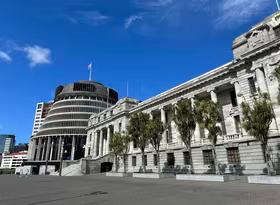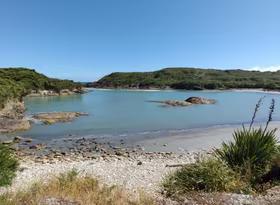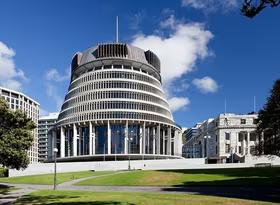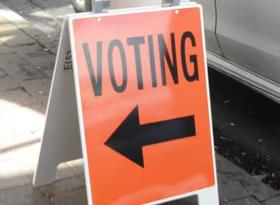Getting past the emotional rhetoric around asset sales
Asset sales remain an area of hot debate despite the National-led government’s comfortable re-election. Opponents of these sales remember the 1980s and early 1990s when the government sold off the of assets. With the benefit of hindsight, some assets were sold at bargain basement prices and with seemingly little thought given to the economic or strategic importance of what was being sold. The telephone and rail networks, in particular, spring to mind, with Telecom and Tranz Rail enjoying monopoly power in the use of these infrastructural assets. But in the case of both organisations, especially Telecom, deregulation and private-sector ownership encouraged greater business efficiencies, fostered more innovation, and realised a better return on capital than the government had been able to manage.
Does the current set of SOEs proposed for sale enjoy any monopoly power in their operations or hold special strategic interest that needs to be retained by the state? The electricity companies operate in a moderately competitive generation environment, which could arguably become more competitive with the greater shareholder diversity that partial privatisation offers. The redistribution of generation assets around the three companies by Gerry Brownlee has reduced the possibility of a single company dominating electricity generation in a specific region a situation that can potentially allow one company to corner parts of the market because of physical limitations around electricity transmission. And there is nothing to prevent new electricity generators or retailers entering the market if current players make excessive profits. With this market structure it seems unlikely that privately owned electricity companies would be able to ramp up power prices.
Air NZ operates in an extremely competitive international market, while history suggests there is room for no more than two players on the main domestic routes. The company enjoys a lack of direct competition on most of its regional domestic routes, but there is little to stop another carrier entering these routes if Air NZ pushes its prices too high. It’s more difficult to quantify what international "marketing" effect the airline has for New Zealand’s tourism industry, but this aspect of the company is unlikely to be a deal-breaker that undermines the case for a reduced government shareholding.
So in my view the assets proposed for sale don’t enjoy any natural monopoly privileges or hold any national strategic importance. Thus the rationale for selling the businesses rests on the return that each asset generates and what alternative uses the government has for its money. Before the election, John Key stated that the government intends to use the funds to invest in schools, hospitals, and transport projects. None of these investments generate a cash return for the government, so the best measure of comparative return is the government bond rate, which represents the cost for the government of raising additional debt to push ahead with its projects. The average ten-year bond rate over the last decade has been just below 6% and provides a fairer benchmark than the current rate of 3.9%, which is the lowest on record since the early 1950s.
Our graph shows the median annual returns on investment (ROI) for each of the SOEs over the over the last decade. The returns from the electricity companies are all in the 9.0-9.5%pa range. Air NZ’s median returns have been higher, which partly reflects the very weak balance sheet and heightened risk associated with the company early last decade when it had to be bailed out by the government. Although the ROIs from each of these companies exceeds the cost of raising debt, the return reflects the higher risk associated with running a business and doesn’t provides a compelling case for maintaining government ownership.
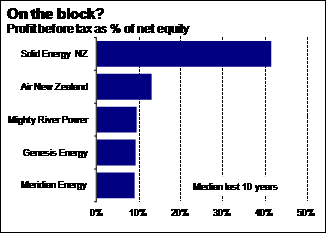
Solid Energy is a completely different story. Its median ROI over the last decade has been a massive 42%pa. The returns the government is able to generate due to high international energy prices and restrictions around mining activity in New Zealand suggest it would be sensible to maintain its holding in Solid Energy unless it is able to inflate the sale price well above the company’s current asset base. Indeed, last year’s Investment Statement published by the government estimated a valuation for Solid Energy’s at more than seven times the government’s current net equity.
If we’re satisfied that the assets aren’t natural monopolies and are not strategically important, the sale price becomes the most critical factor in offloading SOEs. Past governments have been criticised for selling assets too cheaply. Telecom, for example, was sold for $4.25bn in 1990, listed on the stock exchange a year later with a market capitalisation of $5.5bn, and reached a peak value of over $17bn in 2000. The government is likely to do its homework much better this time to avoid being short-changed.




